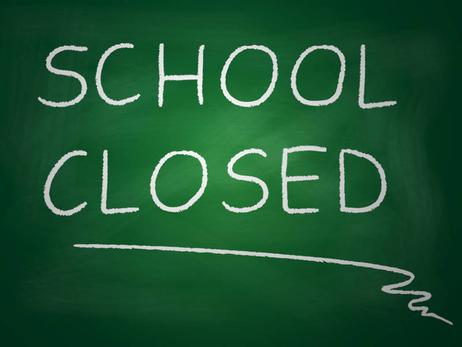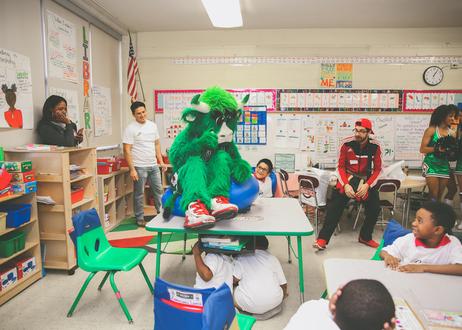Students in schools across the country may find their campuses and classrooms shuttered beginning next fall. In a scramble to improve student performance and address funding shortages, districts are proposing school closures on large scales. Although parents and teachers are voicing their concerns about such sweeping moves, school and government officials maintain that closing under-performing schools is the right thing to do.
School Closures Across the Nation
New York City Public Schools have been at the forefront of the trend of shutting down under-performing public schools. Most recently, New York City’s Panel for Educational Policy voted to shut down 19 of the city’s public schools. The 19 schools had all been nominated for closure by Mayor Bloomberg on the basis of poor academic performance. The New York Times reports that New York City has closed or is in the process of closing 91 schools since 2002.
Meanwhile, in Chicago, the Board of Education announced in January that it would “close, consolidate, or overhaul” 14 public schools this year, according to the Chicago Tribune.
School districts in Cleveland, Ohio and Providence, Rhode Island have also recently proposed closing schools in an attempt to boost student performance and address budget shortfalls.
Reasons for School Closure
Poor performance is the most common reason given for choosing to close a school. New York City School officials say that high schools are chosen for closure on the basis of low graduation rates, low student




















